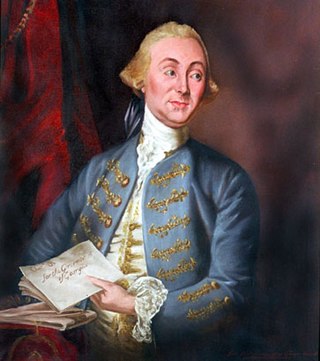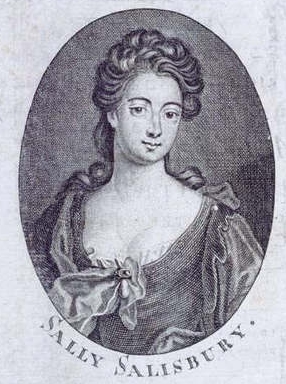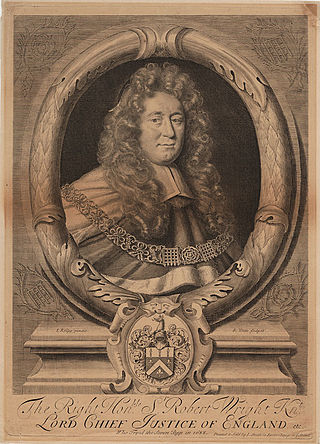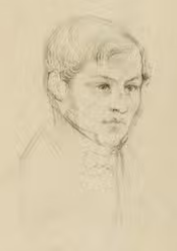Related Research Articles

Holborn, an area in central London, covers the south-eastern part of the London Borough of Camden and a part of the Ward of Farringdon Without in the City of London.
In criminal law, property is obtained by false pretenses when the acquisition results from the intentional misrepresentation of a past or existing fact.

James Wright was an English lawyer, jurist and colonial administrator who served as the governor of Georgia from 1760 to 1766.

Holy Sepulchre London, formerly and in some official uses Saint Sepulchre-without-Newgate, is the largest Anglican parish church in the City of London. It stands on the north side of Holborn Viaduct across a crossroads from the Old Bailey, and its parish takes in Smithfield Market. During medieval times, the site lay outside ("without") the city wall, west of the Newgate.
Margaret Dawson, also known as Margaret Henderson, was a convict sentenced to transportation. She travelled on the Lady Penrhyn as a member of the First Fleet to establish a British colony in Australia. She had a long-term relationship with the surgeon, William Balmain, whose descendants still live in Australia.

Isaac "Ikey" Solomon was a British criminal who acted as a receiver of stolen property. His well-publicised crimes, escape from arrest, recapture and trial led to his transportation to the Australian penal colony of Van Diemen's Land.
James Dalton was "captain" of a street robbery gang in 18th-century London, England.

Joseph "Blueskin" Blake was an 18th-century English highwayman and prison escapee.

Farringdon Without is the most westerly ward of the City of London, England. Its suffix Without reflects its origin as lying beyond the City's former defensive walls. It was first established in 1394 to administer the suburbs west of Ludgate and Newgate, including West Smithfield and Temple. This was achieved by splitting the very large, pre-existing Farringdon Ward into two parts, Farringdon Within and Farringdon Without. The large and prosperous extramural suburb of Farringdon Without has been described as having been London's first West End.
Lund v. Commonwealth 232 S.E.2d 745 is a Supreme Court of Virginia case involving theft of services.

Sarah Pridden, commonly known as Sally Salisbury, was a celebrated prostitute in early 18th-century London. She was the lover of many notable members of society, and socialised with many others.

Sir Robert Wright was an English judge and Chief Justice of the King's Bench 1687–89.
Robert Sidaway, a convict of the First Fleet, was transported to Australia for stealing in 1788. Robert is known for being baker for the British Marines of Sydney and opening the first theatre in Sydney in 1796.

Elizabeth Needham, also known as Mother Needham, was an English procuress and brothel-keeper of 18th-century London, who has been identified as the bawd greeting Moll Hackabout in the first plate of William Hogarth's series of satirical etchings, A Harlot's Progress. Although Needham was notorious in London at the time, little is recorded of her life, and no genuine portraits of her survive. Her house was the most exclusive in London and her customers came from the highest strata of fashionable society, but she eventually ran afoul of the moral reformers of the day and died as a result of the severe treatment she received after being sentenced to stand in the pillory.
Elbirt Almeron Woodward was a major figure in the Boss Tweed corruption scandal in 1871. He served as the assistant clerk to the New York City Board of Supervisors. He was a member of the Connecticut Senate representing the 12th District from 1870 to 1871. At the Democratic State Convention a year after his term as senator, he received 89 votes for the party's nomination for Lieutenant Governor of Connecticut. Although he was most commonly referred to as "Elbert A. Woodward," his true given name was spelled "Elbirt" as proven by examples of his actual handwritten signature.

François Benjamin Courvoisier was a Swiss-born valet who was convicted of murdering his employer Lord William Russell in London, England, and hanged outside Newgate Prison on 6 July 1840. A crowd of around 40,000 witnessed his death, including Charles Dickens and William Makepeace Thackeray.
William Spiggot was a highwayman who was captured by Jonathan Wild's men in 1721. During his trial at the Old Bailey, he at first refused to plead and was therefore sentenced to be pressed until he pleaded. This was called Peine forte et dure. He was later executed, after a second trial when he pleaded not guilty, on 11 February 1721 at Tyburn, London.
Richard Harding was a British forger. He was capitally indicted and convicted of the forgery of brass duty legal stamps placed on the Ace of Spades and the selling and uttering of playing cards with the same, while knowing such duty stamp to be false. He was hanged at the Old Bailey, London, England in 1805.

Robert Wright (1666 – 12 October 1739) was an English judge and jurist. He was the son of Sir Robert Wright, Chief Justice of the King's Bench (1687–1689) who died in Newgate Prison following the Glorious Revolution. In the same year Robert was called to the bar at Middle Temple and became a judge. Robert took the role of Judge of the Common Pleas in the North East of England and married widowed land-heiress Alicea Pitt (née Johnson) (d.1723), daughter of John Johnson of Sedgefield and settled in Sedgefield before returning to London following the Hanoverian succession in 1715.
John William Bean was a British criminal and mental patient. He was most known for attempting in 1842 to assassinate Queen Victoria with a gun loaded with paper and tobacco. Born a dwarf with a hunchback, Bean shot at the Queen because he wanted to be transported to a penal colony as he was unhappy with his life in England. Instead he was sentenced to 18 months' imprisonment for misdemeanour assault. Bean died in 1882 after committing suicide.
References
- Ó Danachair, Donal, ed. (2009), The Newgate Calendar (PDF), vol. 2, Dublin: The Ex-Classics Project
- Old Bailey, The (24 April 1723), Proceedings of the Old Bailey, London
- Reynolds, Gillian (4 August 2010), Today's Radio Highlights, London: The Daily Telegraph, archived from the original on 21 July 2009
- Vickery, Amanda (5 August 2010), "Conmen and a Brawl in the Streets", Voices from the Old Bailey, London: BBC Radio 4